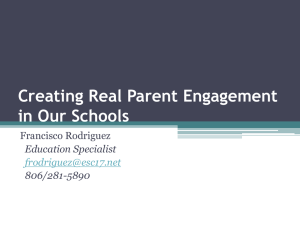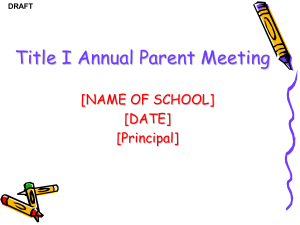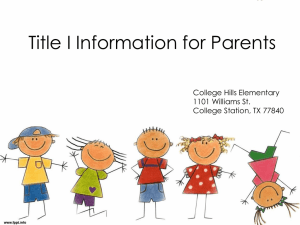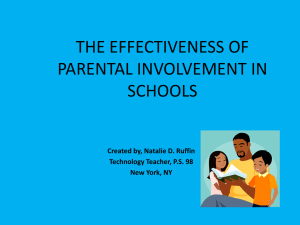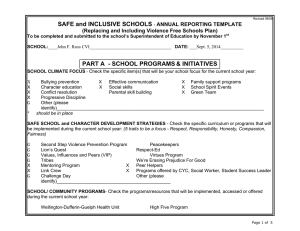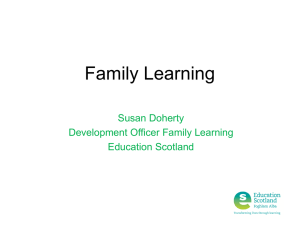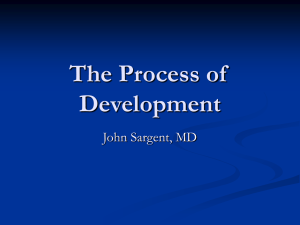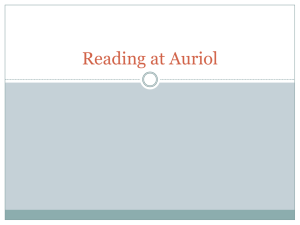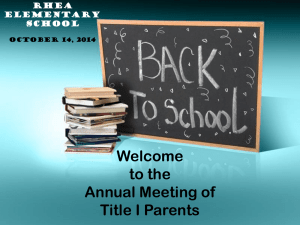Risk Factors and Protective Factors - deafed-childabuse-neglect
advertisement
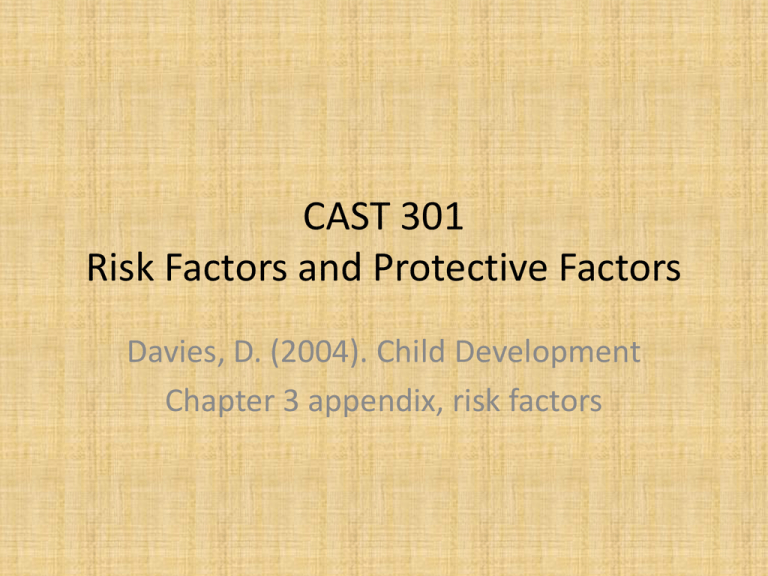
CAST 301 Risk Factors and Protective Factors Davies, D. (2004). Child Development Chapter 3 appendix, risk factors Child Risk Factors • • • • • Prematurity, birth anomalies Exposure to toxins in utero Chronic or serious illness Temperament: difficult or slow to warm up Developmental/Cognitive disabilities/low intelligence • Antisocial peer group Parental/Family Risk Factors • • • • • • • • • • • • • • Insecure attachment Parent: insecure adult attachment pattern Single parenthood with little support Harsh parenting, maltreatment Family disorganization: low parental monitoring Social isolation, lack of support Domestic violence High parental conflict Separation/divorce, especially conflictual divorce Parental psychopathology Parental substance abuse Parental illness Death of a parent or sibling Foster care placement Social/Environmental Risk Factors • • • • • • • • • • • • Poverty Lack of access to medical care, health insurance and social services Parental unemployment Homelessness Inadequate child care Exposure to racism, discrimination Poor schools Frequent change of residence and schools Exposure to environmental toxins Dangerous neightborhood Community violence Exposure to media violence Child Protective Factors • Good health • Personality factors: easy temperament, positive disposition, active coping style, positive selfesteerm. Good social skills, internal locus of control, balance between help seeking and autonomy • Above average intelligence • History of adequate development • Hobbies and interests • Good peer relationships Parental/Family Protective Factors • Secure attachment; positive and warm parent-child relationship • Parent: secure adult attachment pattern • Parents support child in times of stress • Household rules and structure: parental monitoring of child • Support/involvement of extended family, including help with caregiving • Stable relationship between parents • Parents model competence and good coping skills • Family expectations of prosocial behavior • High parental education Social/Environmental Protective Factors • • • • • • • Middle-class or above socioeconomic status Access to health care and social services Consistent parental employment Adequate housing Family religious faith and participation Good schools Supportive adults outside family who serve as role models/ mentors to child


